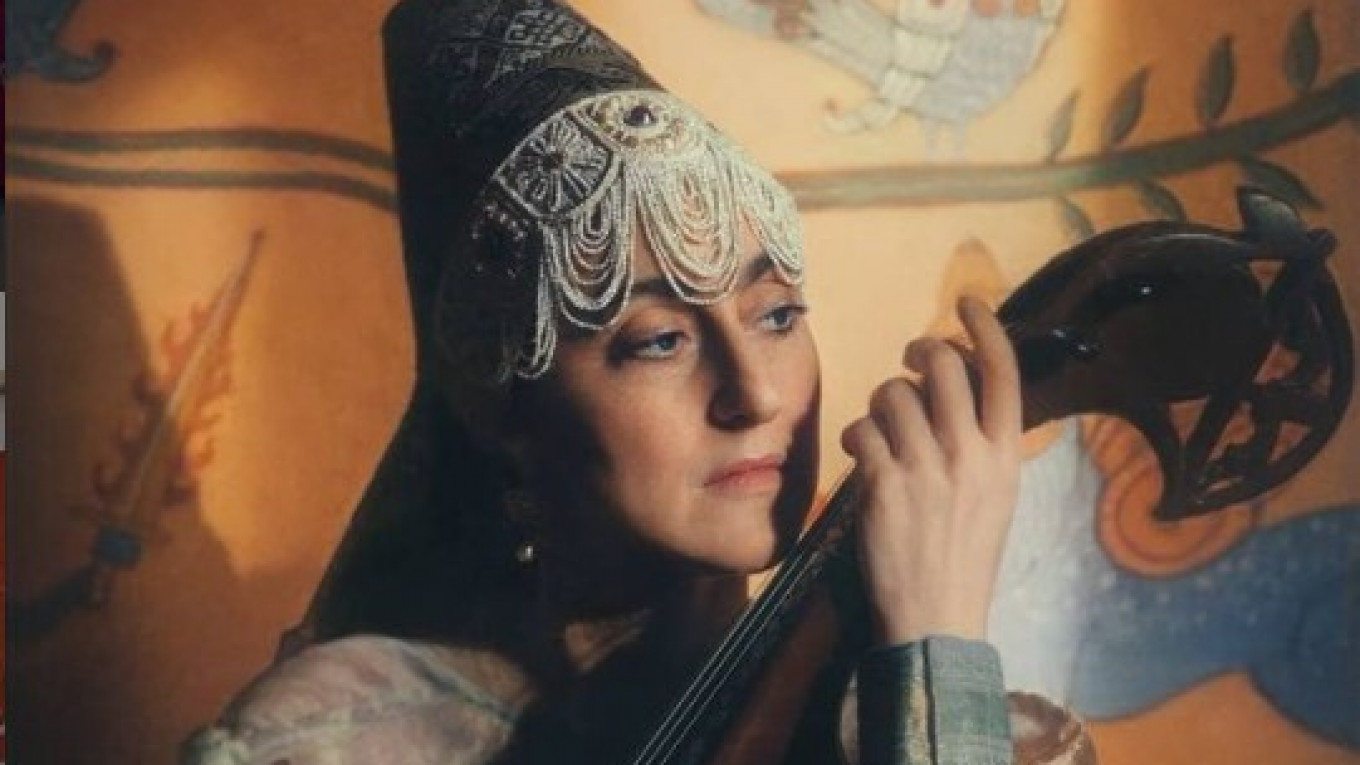For Johann Nikadimus, it all started during what was going to be rather routine museum visit in 2014. But then he saw a painting of a woman wearing a kokoshnik by Konstantin Makovsky and was stopped in his tracks.
That was the beginning of Nikadimus’ artistic journey as one of just a handful of artisans in Russia who knows the traditional art of making kokoshniks. Nikadimus makes these fabulous replicas of historical headwear using ancient techniques such as goldwork, pearl embroidery and stitching.
The allure of traditional crafts
Johann Nikadimus was born in Kazan in 1982 in a family of Assyrians, who had lived in Persia (Iran) before finding themselves in the Tatar capital. Although he graduated from a local drama school, he realized he didn’t see a future for himself in theater. Johann moved to Moscow and found a job in fashion retail. This mundane occupation was more about making a living than about making a career. The only real satisfaction in his life was his long-standing hobby — folk singing.
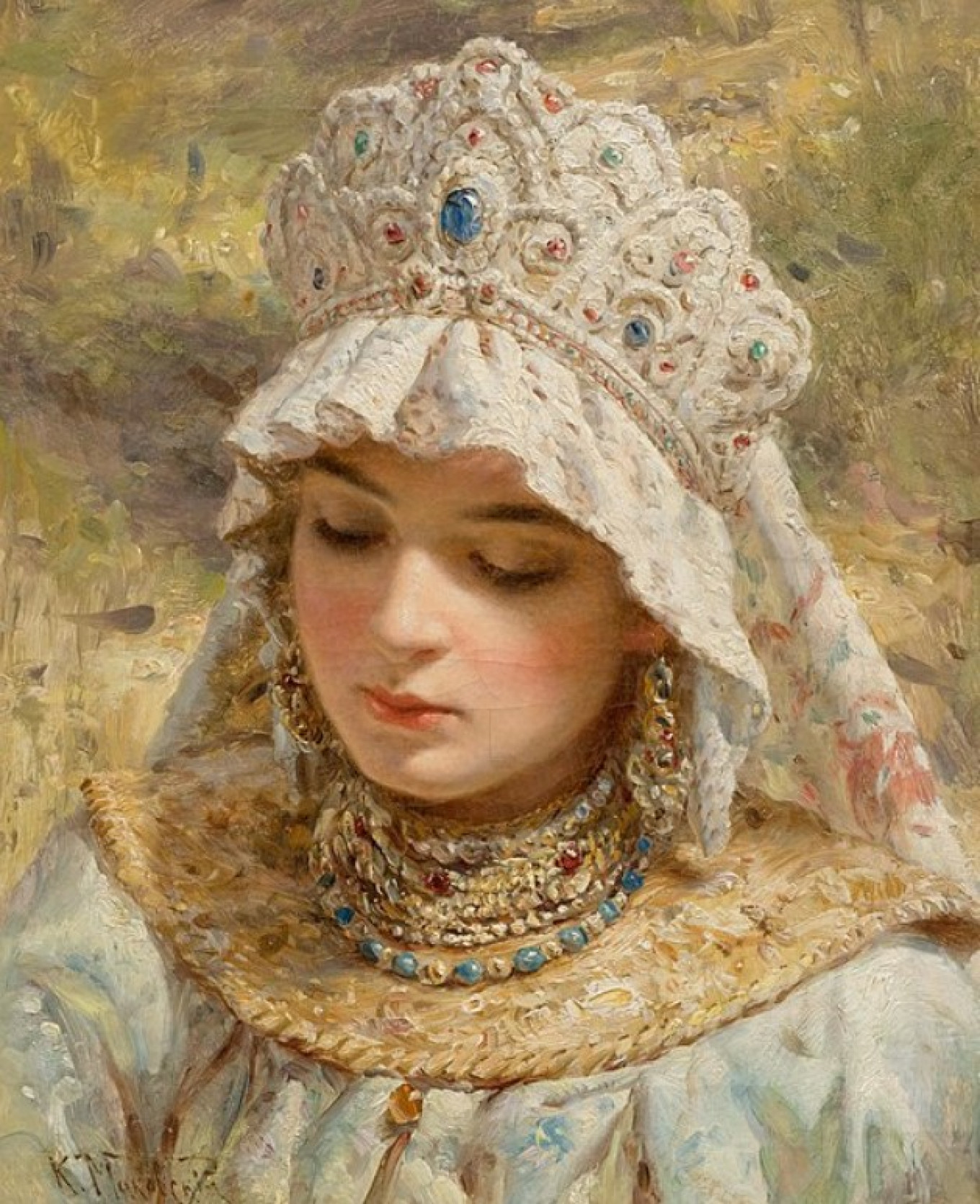
In 2014 when Nikadimus was taking part in a folk album recording they were looking for a kokoshnik to design the cover. That was when he saw the Makovsky painting and asked the group’s leader Yarina Nikolayeva, who is also a top expert on goldwork, about it. “She answered a few of my questions and suggested I give it a try.”
Nikolayeva is one of the finest goldwork artisans in Russia and runs the Drevo Creative Studio in Moscow. She taught Nikadimus the many demanding techniques and fascinating history of the craft, while sharing more practical information about materials and where to find them.
He made his first kokoshnik in 2014 based on one from the Arkhangelsk province. It took about a month to make, and when he finished, he was hooked.
Pearl embroidery is almost an extinct craft. It was first mentioned in history books in the 9th century and was a popular technique along with goldwork until the end of the 20th century. Each province of Russia had its own styles. Before the 1917 Revolution, a sumptuous Russian kokoshnik decorated with pearls, precious stones and goldware could cost as much as a house and would take many months to complete.
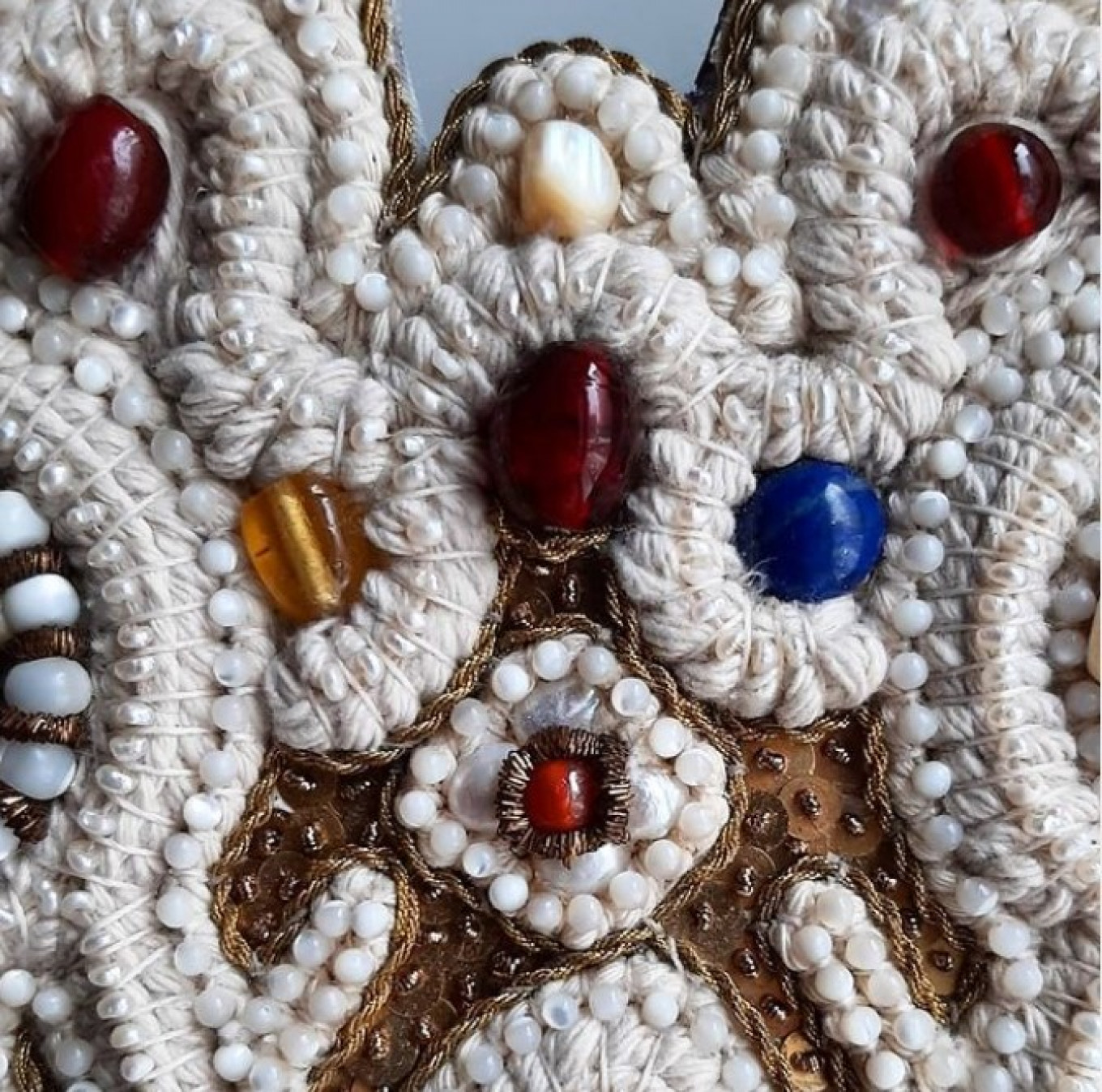
“The artist draws a design fabric that is held taut. Then he sews two lines of cotton or linen twisted cords over the lines of the pattern,” Nikadimus explains. “After that he sews on a pearl or a thread of mother-of-pearl grains or beads. The space around the pattern is decorated with sewn crystals, mother-of-pearl grains, glass beads. Then golden metal threads are sewn around the cotton/linen cords. When it is done, the inside of the kokoshnik is lined with several sheets of fabric or paper, held on with flour or fish glue. The embroidery is often glued to a headpiece made of birch bark or cardboard, and the back side of the kokoshniks is decorated with fine fabric.”
It typically takes Johann around 3-4 months to make a kokoshnik. The prices range from 30,000 rubles (about $400) for a simple kokoshnik to 200,000 rubles (about $2,700) for a complex piece.
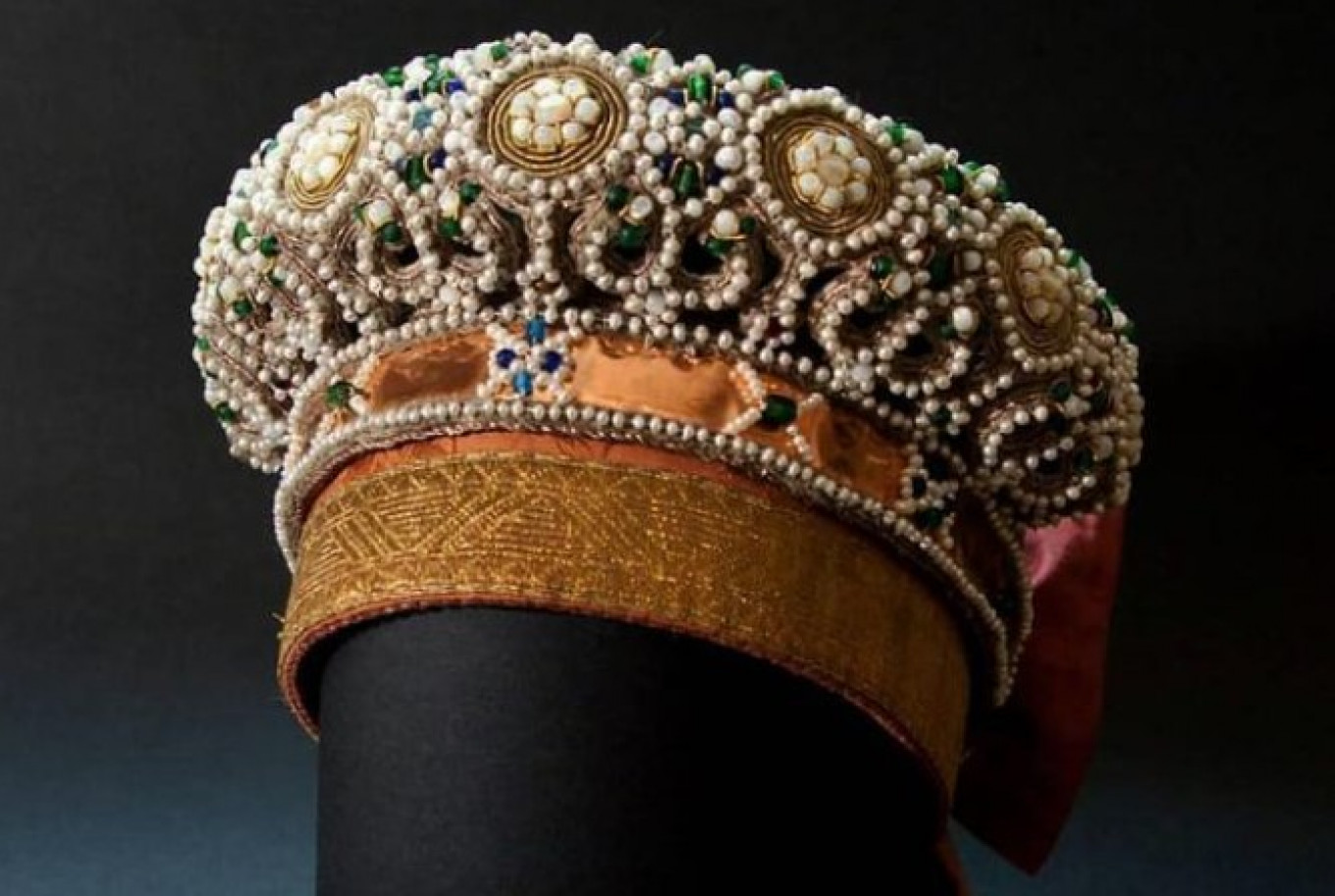
Kokoshniks and modern fashion
Nikadimus is convinced that to keep an ancient craft alive, it must be relevant. “I started collaborating with fashion photographers, because, from the very start, I saw a tremendous potential in the kokoshnik as a fashion accessory," he said. “At first everyone would just give me looks. But then someone decided to give it a try, and they liked it, and then there was another photo shoot. Eventually, the potential of the headpiece began to reveal itself, and now we see lots of people raving about it.”
The singer Manizha approached Nikadimus when she was searching for a folk-inspired look for the cover of her single “Russian Woman.”
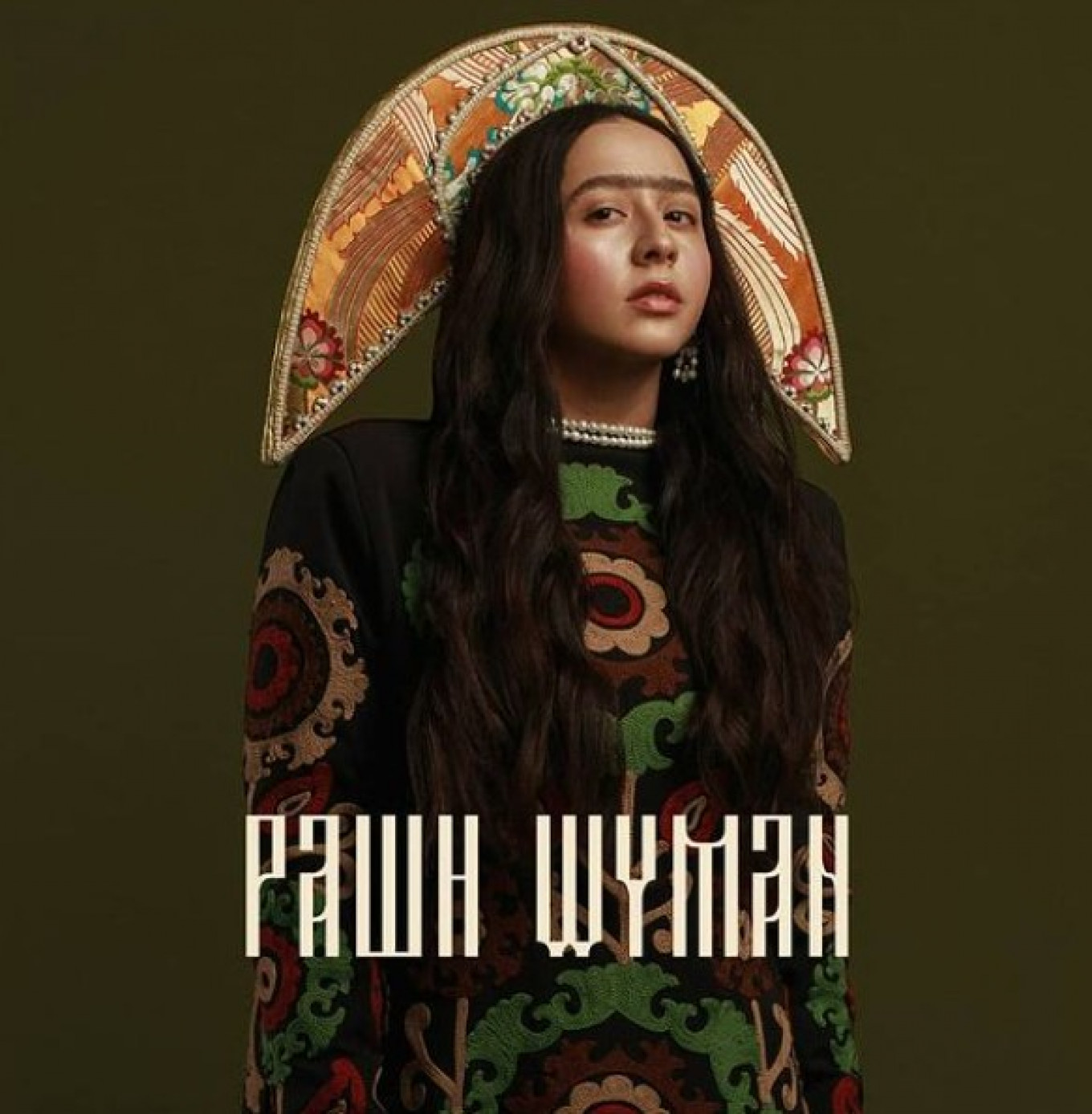
“It was all very spontaneous,” Nikadimus said. “I was on a train returning to Moscow when I received a message from Manizha. A few hours later I was in her studio with a pile of kokoshniks, helping her create the perfect look. In the end, we created three looks with three different kokoshniks that she used for the promotion of her single. It was a lot of fun.”
Manizha also wore a kokoshnik by Nikadimus during the opening ceremony of Eurovision 2021 competition in May.
Giving kokoshniks new life
Nikadimus thinks the kokoshnik could be an objet d’art “just like, for example, ethnic cultural objects that were once used for religious purposes such as the Japanese Daruma doll or African pagan masks…There is a huge appetite for all things authentic, a growing respect for meticulous handwork, a stronger connection with things of beauty. It’s encouraging that people want authenticity, not imitation,” he said.
One of Nikadimus’s dream projects is a collaboration with the U.S. fashion designer Rick Owens. “I admire his designs, and a collaboration with him would be a special challenge for me because Owens rejects all things decorative and focuses on lines, shapes, silhouettes and materials,” he said. “I would use metal beads or black pearls, for example. That would be a radical shift for me — to put aside the decorative aspect and work on the shapes to make it an integral and perfect part of the look.”
But in the meantime, Nikodimus is still savoring his recent success. “Watching Manizha wearing a kokoshnik filled me with pride and joy, and not so much because it was me who made it. I felt proud because I saw my vision being shared. Reviving this amazing historical Russian craft is a noble and a very humane mission.”
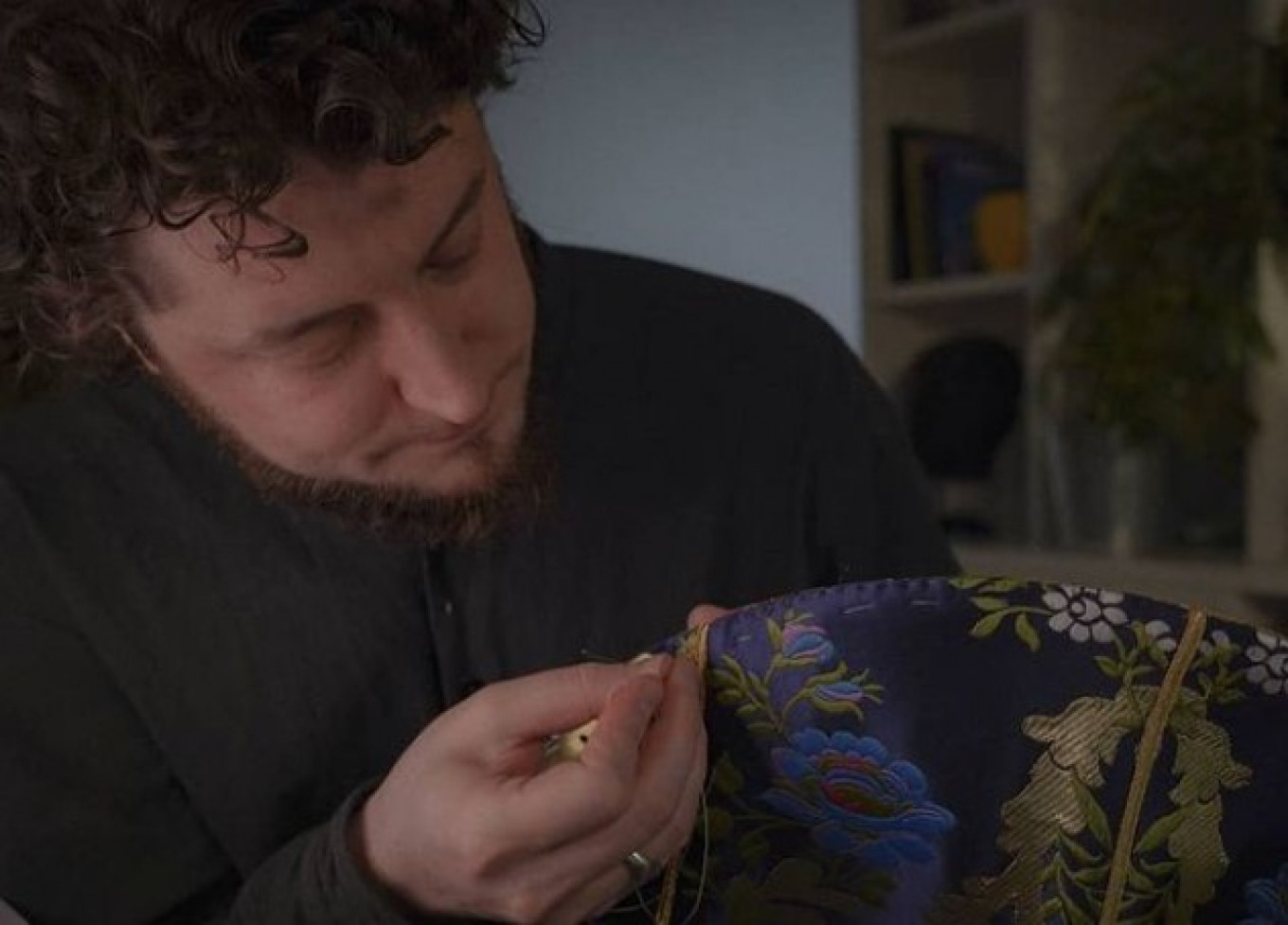
A Message from The Moscow Times:
Dear readers,
We are facing unprecedented challenges. Russia's Prosecutor General's Office has designated The Moscow Times as an "undesirable" organization, criminalizing our work and putting our staff at risk of prosecution. This follows our earlier unjust labeling as a "foreign agent."
These actions are direct attempts to silence independent journalism in Russia. The authorities claim our work "discredits the decisions of the Russian leadership." We see things differently: we strive to provide accurate, unbiased reporting on Russia.
We, the journalists of The Moscow Times, refuse to be silenced. But to continue our work, we need your help.
Your support, no matter how small, makes a world of difference. If you can, please support us monthly starting from just $2. It's quick to set up, and every contribution makes a significant impact.
By supporting The Moscow Times, you're defending open, independent journalism in the face of repression. Thank you for standing with us.
Remind me later.


